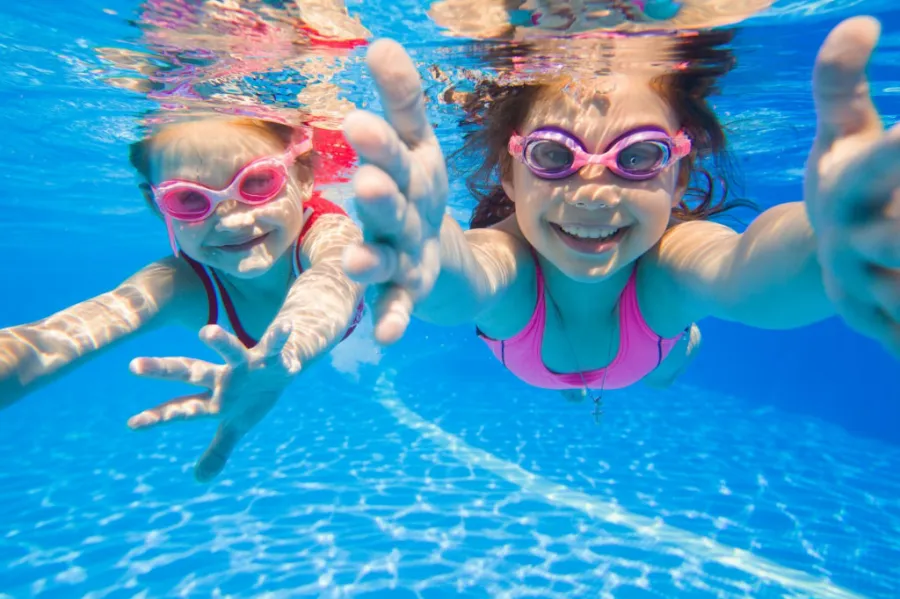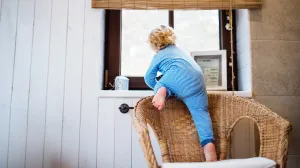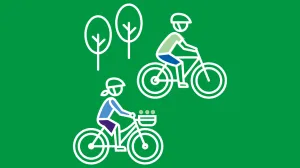
Never swim alone
The first rule of water safety is to never swim alone. It’s important to only swim with a buddy, even if you’re an experienced swimmer. When swimming with children, adults should always stay within arm’s reach, even if the child knows how to swim. When swimming at a beach or lake, choose an area that is monitored by a life guard.
Teach kids to swim early
Swimming is an important life skill and for any child that has access to a body of water (lake, river, ocean, pool). Teaching children water competency and swimming skills helps prevent drowning accidents. Check out the Red Cross website for help finding local swim lessons.
Children should always be supervised
Children should never be left unattended near a pool or body of water, even if they know how to swim. Accidents happen quickly and drowning is often silent. Teach children to always ask for permission to go near water. Even when lifeguards are present, you still need to watch your child while in and around the water. Minimize distractions such as cell phones while watching children swim.
Know what drowning looks like
Drowning can happen quickly and it doesn’t always look the way you would expect. When a person is drowning, there is not usually a sign of struggle such as splashing and flailing like we see in movies. Typically, a person is seen under the water or found floating face down. A drowning person’s arms instinctively go down to try to push themselves above water, rather than raising up in the air. They are typically unable to yell or make sound. When a person in the water becomes quiet, this is a red flag.
Use barriers around pools
Access to bodies of water should also be reduced when possible. If children can access your pool, they are at risk, even if they don’t intend to swim that day. Install safety fences with self-closing, self-latching gates surrounding backyard pools to keep children from entering water on their own. Certain pool covers and alarms can provide extra protection.
Never leave water unattended
Empty kiddie pools when not in use. Even a few inches of water can be dangerous to babies and toddlers. Dump out small pools, buckets and tubs as soon as you’re done using them.
At the beach, stay in designated areas
When swimming at a beach or lake, stay within a designated swimming area if available. These areas are typically supervised by life guards and are usually designated to be safer areas for swimming. Additionally, be aware of rip currents, shallow or unclear water, underwater hazards like vegetation or animals and other risk factors.
Watch the weather
Storms can roll in quickly and quickly change the conditions for swimming or boating, especially in lakes and oceans. Do not swim during thunder storms as lightning and water are a dangerous mix. If you’re swimming and weather conditions change, get out of the water and seek shelter.
Wear a life jacket when needed
Whether you’re boating, kayaking or enjoying other water sports, have a properly fitted life jacket available to wear. Your life jacket should be certified by the U.S. Coast Guard.
The bottom line?
Water sports and swimming are refreshing ways to beat the heat. Staying alert and being prepared will help you enjoy spending time near the water safely.


